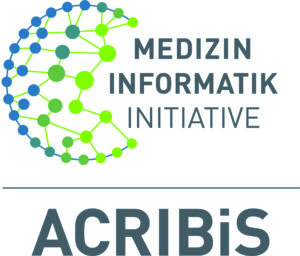 |
ACRIBiSFor the prevention and treatment of cardiovascular diseases, physicians use so-called risk scores for the individual risk assessment of patients. In the project, routine cardiological clinical documentation shall be structured and standardized across sites. In addition, the infrastructure for automated analysis of biosignal data, such as the ECG, is to be expanded and integrated into the DIC infrastructure at the clinics. These data sources shall be used to improve risk models that can predict the development and course of cardiovascular diseases and thus support better treatment in the future. |
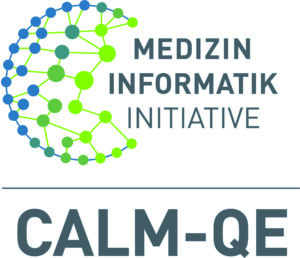 |
CALM-QEIn order to better diagnose and individually treat patients with asthma and chronic obstructive pulmonary disease (COPD), the factors influencing the clinical pictures and their interactions should be better understood. Artificial intelligence and machine learning will be used to develop multidimensional models to predict the risk for important clinical outcome parameters.
|
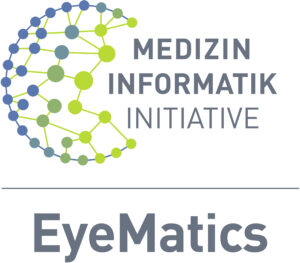 |
EyeMaticsThe project aims to make clinical data from patients with common eye diseases receiving IVOM (intravitreal drug administration) therapy available for scientific evaluation to improve treatment outcomes. Intravitreal injection involves administering a drug directly into the vitreous humor of the eye. This is intended to preserve or improve vision. An analysis platform will be provided for EyeMatics to integrate data from various inpatient and outpatient care systems.
|
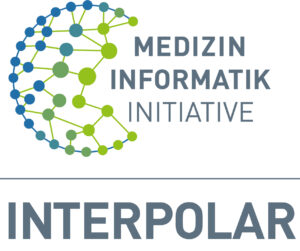 |
INTERPOLARWhen patients use many different medications, drug interactions can occur. The aim of INTERPOLAR is to detect these automatically in order to prevent adverse effects. To achieve this, patients with a particularly high risk of medication errors and side effects are identified. In this way, the limited resources of ward pharmacists can be directed to the high-risk patients in order to achieve maximum patient benefit.
|
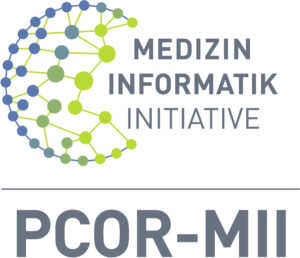 |
PCOR-MIIThe project will help to ensure that the subjective health status of patients (“Patient Reported Outcome”) can be easily measured in all German university hospitals with the help of questionnaires and evaluated together with outcome-relevant clinical parameters. The benefit of this systematic recording will be investigated on the basis of three clinical examples: Patients with anorexia nervosa, with permanent physical complaints and after kidney transplantation.
|
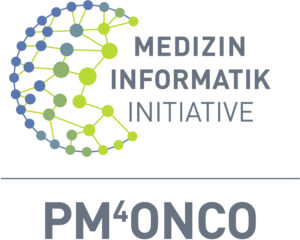 |
PM⁴OncoThe project aims to create a permanent infrastructure to integrate and exchange data from clinical and biomedical research. This is to lay the foundation for establishing personalized medicine in cancer treatment.
|
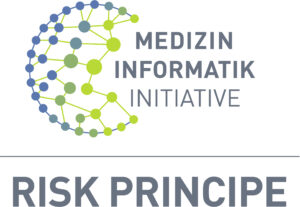 |
RISK PRINCIPEThe goal is to develop and implement a data-driven, risk-stratified infection control system to most effectively and efficiently reduce the number of bacteremias (presence of bacteria in the bloodstream) occurring in the hospital. To this end, an automated surveillance system will be established and validated. |
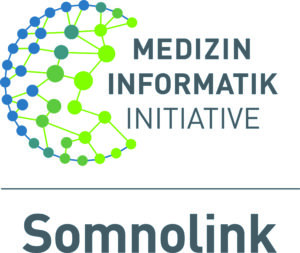 |
SomnolinkIf breathing pauses (apneas) occur during sleep more than five times an hour, this is known as obstructive sleep apnea (OSA). Somnolink aims to optimise patient-centered diagnosis and treatment of OSA. In particular, it aims to improve the detection of OSA among female patients. In addition, decision support systems using artificial intelligence shall provide a better understanding of the individual causes of OSA, the associated health risks and the most suitable therapy. |
| Quelle: Medizininformatik-Initiative |

